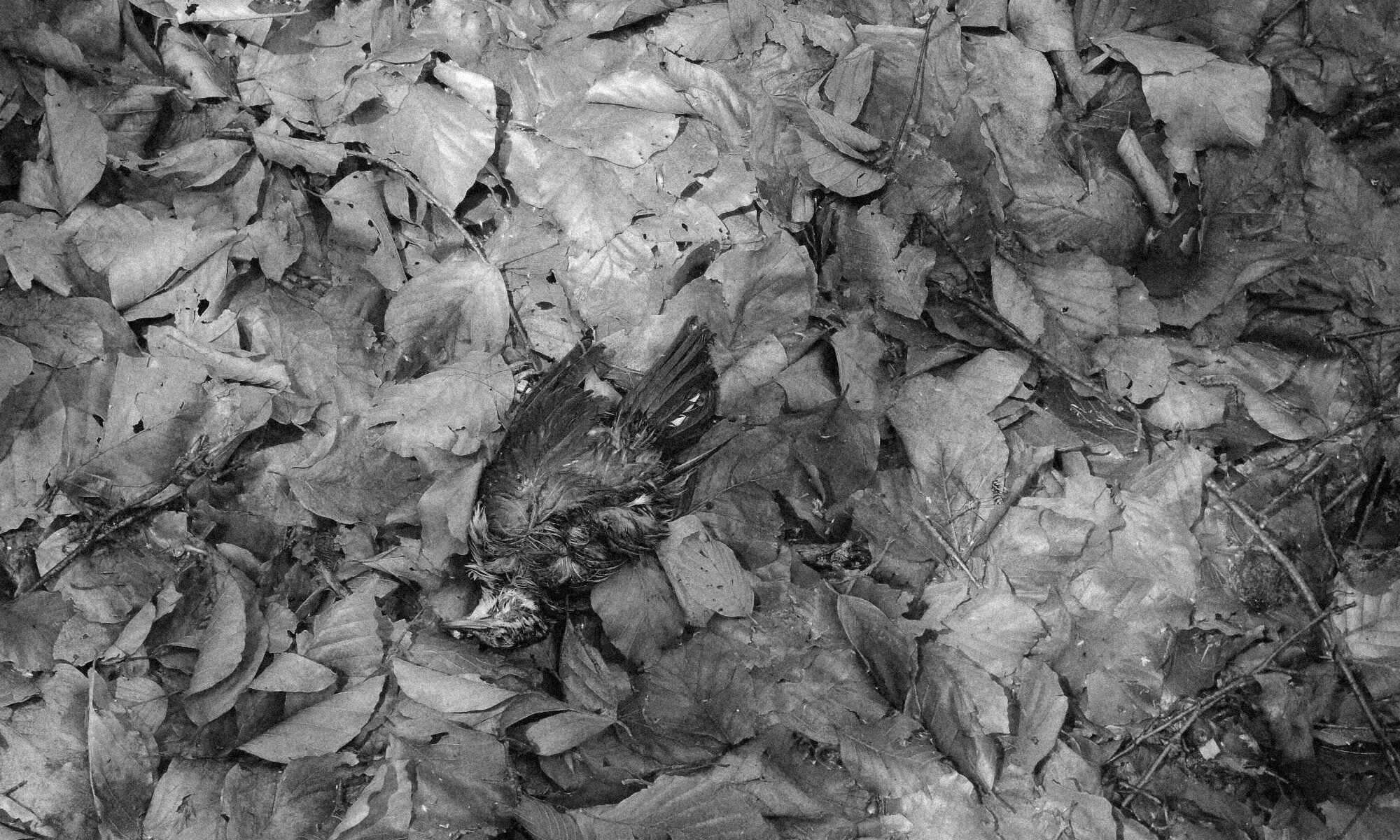THE CRATER MOUNTAINS. At the utmost southern edge of the volcanic Carpathians, two most remarkable Romanian craters rise into the sky. One is awash with pure lake water, the other is a mighty fen. The former is called St. Anne Lake. A small stone church is the only manmade structure at its crystal waters. The crater looms hundreds of meters above the Olt valley, and the view from the rim down into its center is breathtaking. The lake has two faces: on hot summer days it is aswarm with people, but in the evening it grows completely deserted, mild and clean. You can even drink its water; after all, the pilgrim has not much other choice. Forests of pine, beech, and birch descend from the crater’s rim down to the water’s edge. Peace and quiet wherever you look. Not far from where we stood, a great bear came out of the forest. It lumbered slowly along the shoreline in search of tidbits left behind by visitors. We drew close to him, but he did not retreat; at dusk, he was king of St. Anne Lake. Those of us who hid our packs from him fearfully in trees lost all our food: he returned at night to pull them down and eat our bread.
A few hours’ journey hence, the baneful mountain of Puciosu rears above the lonely hamlet of Toria. Toxic gas streams from rocky fissures and small caves, yet only one such grotto has been marked. A weathered old sign notifies travelers of the dangers of venturing into the sulfane-breathing mouths: certain death. No other such vents have been marked despite more poison gas escaping here than in the fabled Neapolitan Cave of Dogs. Beyond the entrance, a candle’s flame goes out as if snuffed by Satan. In a nearby beechwood forest at the foot of a craggy old sulfur mine, another surprise awaits. Dozens of birds lie dead at the bottom of a damp ravine. Having flown too near the toxic openings, they were knocked clean out of the air. A gloomy and dismal place indeed. Death wherever you look – bleached pine needles, rotten birch twigs, talon-like, the snarling corpse of a wildcat. In most countries, an area like this would be turned into a nature reserve, but here only two words mark the spot, carved crudely in Magyar into a beech trunk: madarák temetö, bird cemetery.
